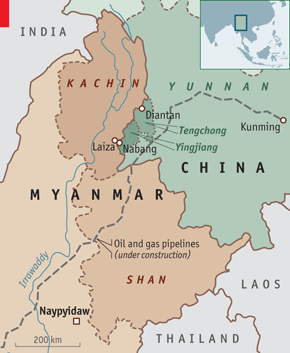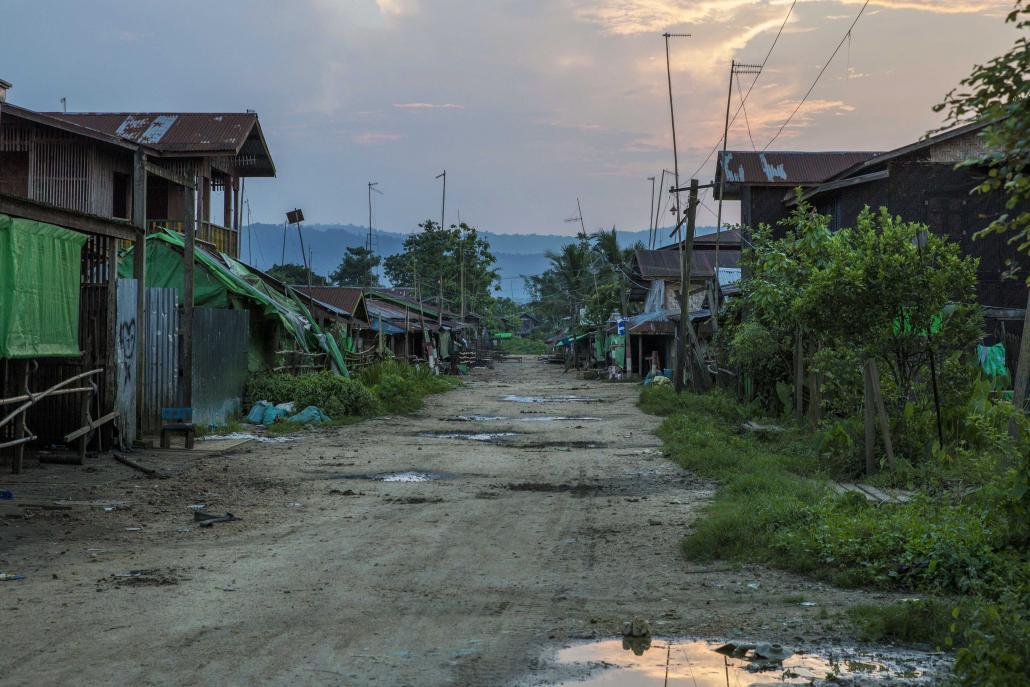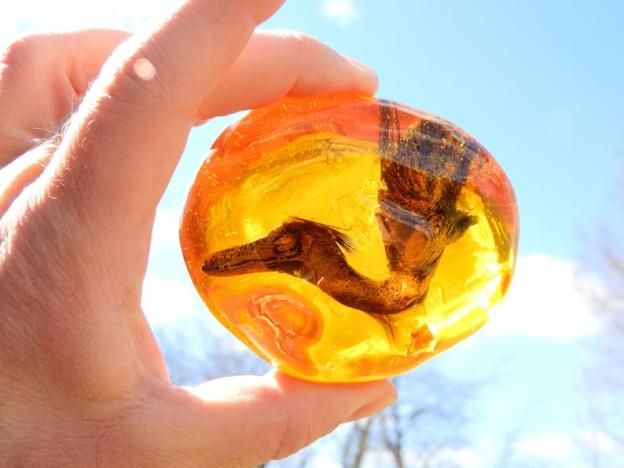In a bustling market in Tengchong, China, vendors hawk globs of amber, some the size of cantaloupes, with astonishingly pristine fossils inside. Mined across the border in Myanmar, the amber has yielded extraordinary finds—the hatchlings of primitive birds, the feathered tail of a dinosaur, frogs, snakes, a host of insects, and more—allowing scientists to build a detailed chronicle of life in a tropical forest 100 million years ago.
In 2018, scientists reported 321 new species immaculately preserved in Burmese amber, bringing the cumulative total to 1195. One team recently argued that Burmese amber may boast more biodiversity than any other fossil deposit from the entire reign of the dinosaurs. “You think this can’t even be possible,” says Philip Currie, a paleontologist at the University of Alberta in Edmonton, Canada, “but it’s happening.”
But as much as Burmese amber is a scientist’s dream, it’s also an ethical minefield. The fossils come from conflict-ridden Kachin state in Myanmar… In Kachin, rival political factions compete for the profit yielded by amber and other natural resources. The amber comes from mines near Tanai township in Kachin, where for decades Myanmar’s army and the local Kachin Independence Army, an ethnic insurgency, have battled over control of lucrative resources such as jade, timber, and, most recently, amber. “These commodities are fueling the conflict,” says Paul Donowitz, the Washington, D.C.–based campaign leader for Myanmar at Global Witness, a nongovernmental organization. “They are providing revenue for arms and conflict actors, and the government is launching attacks and killing people and committing human rights abuses to cut off those resources.”

Visitors to the mines describe a lush terrain transformed into barren hillsides. Tents cover claustrophobic holes up to 100 meters deep but only wide enough for skinny workers, who say they are responsible for their own medical care after accidents. The miners dig down and, when they hit layers of amber, tunnel horizontally with hand tools to dig it out. They sort finds at night, to avoid publicizing valuable discoveries. Amber with fossil inclusions is the most precious, proof after weeks of uncertainty that a mine will be profitable. Reached by phone through an interpreter, miners say both warring sides demand bribes for the rights to an area and equipment—and then tax 10% of the profit.

The amber is then smuggled into China and sold to the highest bidder. Yet if scientists don’t engage in the amber trade, specimens are lost to science.
Exerpts from Joshua Sokol, Troubled Treasure, Science, May 24, 2019
